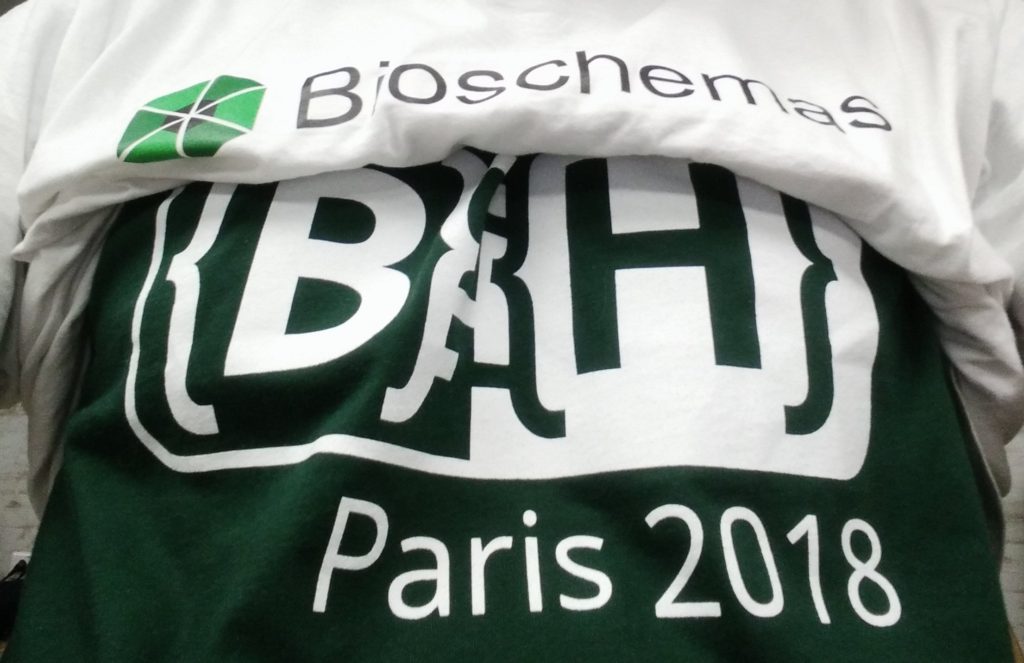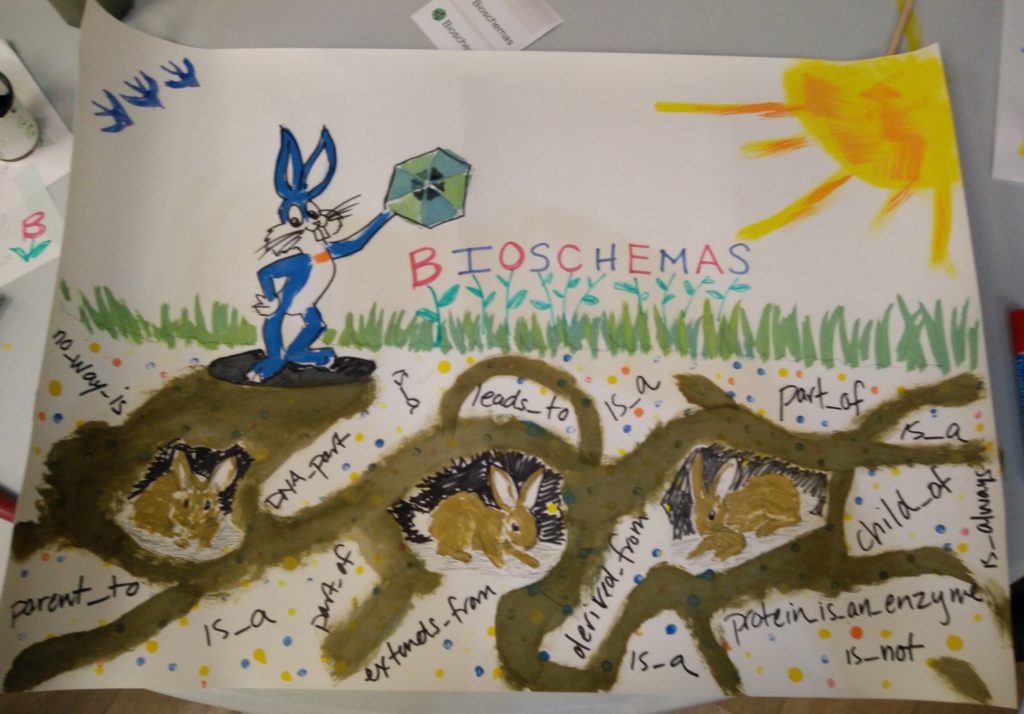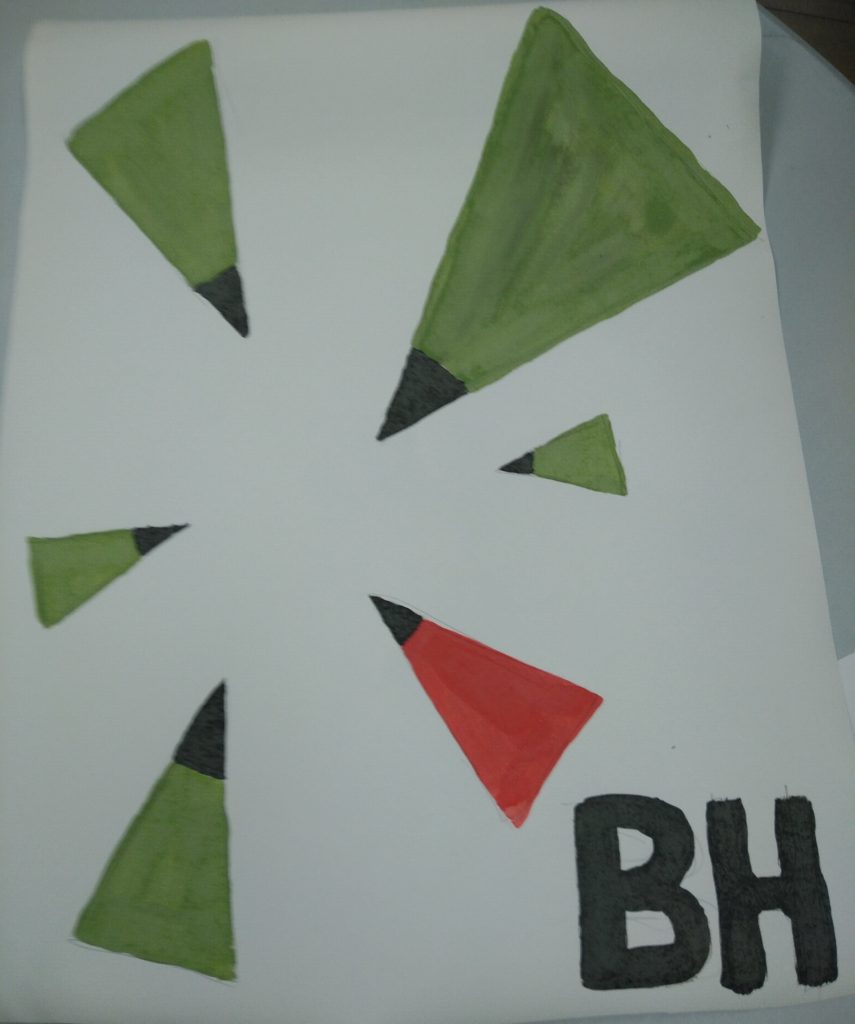Below is the opening exert from the second FAIRplus Newsletter:
Though FAIRplus has been running for just six months, there is already a lot to talk about. Our two task-focused ‘Squads’ have booted up and begun the FAIRification of the first set of four pilot datasets, our industry partners in EFPIA organised the first ‘Bring Your Own Data’ workshop in London, and we’ve been busy explaining our goals and answering many questions from our stakeholders.
You can read about these activities in this second FAIRplus newsletter. On top of that, we bring you an update on upcoming events, news from our partners and also a new section ‘Track our progress’ where you can check for yourself how we are progressing towards our goals and what Deliverables and reports we’ve recently submitted.
Finally, we’ve launched our own LinkedIn page. Besides regular updates on our activities, it will also feature job opportunities and news from the FAIRplus partners.
The next FAIRplus Newsletter will come out in November 2019. In it we’ll present the FAIRplus Fellowship programme, report on the FAIR workshop in October and more.
We wish you a relaxing Summer and look forward to meeting you at our events!


